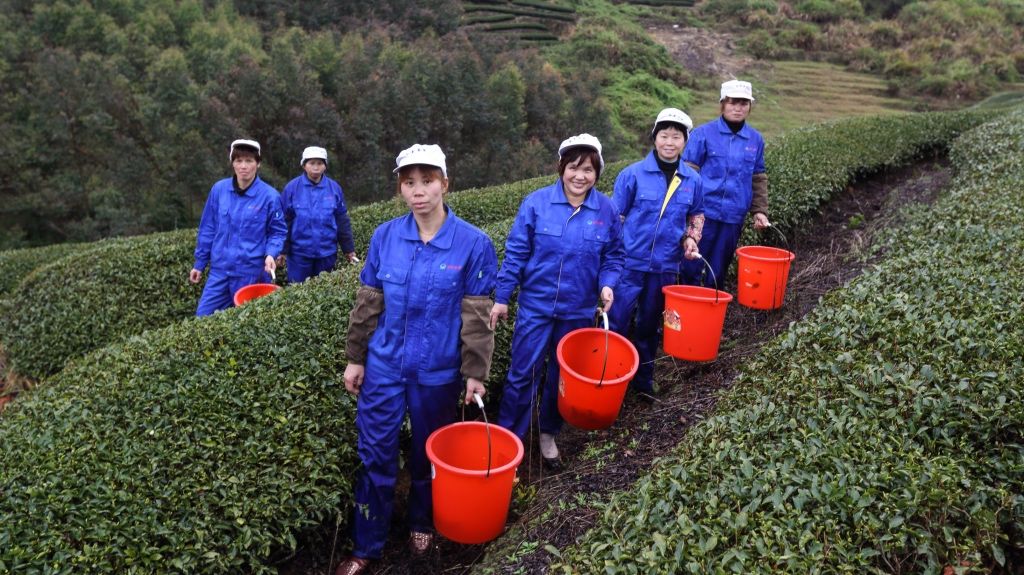Asia’s future farms
- Nature Khabar


Food shortages are a distant memory for many people in Asia. But as the region struggles to feed and nourish a booming population, they could become a painful fact of life again.
Asia is already the world’s largest food market, and by 2050 its population is expected to grow to five billion – an increase of 900 million people. Owing to its expanding middle class, the region will likely account for half of the global increase in annual beef and poultry consumption and over three quarters of the rise in fish consumption between now and 2030. And by then, more than 60% of total cereal demand in the developing world will come from South and East Asia. To keep up with this growing demand, food production will have to increase by 60-70% compared to a decade ago.
Ideally, Asia’s farms could simply expand their production. But they are woefully ill-equipped to do so. To produce a sufficient amount of food, Asia’s farms will need to undergo a twenty-first-century transformation.
Helping Asia’s farmers cope with climate change should be a central part of this effort. Although a warming planet could boost agricultural output in a few areas, it will severely limit production, and possibly trigger prolonged food crises, throughout the rest of the region. As water becomes increasingly scarce in traditionally fertile zones such as the Indo-Gangetic Plain, rising seas will ruin vast swathes of farmland. If sea levels were to rise by one meter, the resulting saltwater intrusion would threaten 70% of Vietnam’s coastal farmlands. And as waters warm and tidal flows change, yields from the Mekong Delta’s vast fishing grounds could plummet.
According to ADB research, by 2050 irrigated rice and wheat yields could fall by as much as 20% and 44%, respectively. This would drive up the price for cereals, soybeans, and wheat by 70%, causing the number of malnourished children in the region to rise by 11 million.
But this doesn’t have to be Asia’s future, if its farmers can adapt. Most farmers today oversee family-run subsistence plots, and lack the money and know-how to improve productivity and crop quality. In Myanmar, for example, only 16% of farm households even use tillers or tractors to prepare the land for planting.
Moreover, environmental degradation has left huge swaths of land barren. According to the United Nations Convention to Combat Desertification, various forms of desertification affect nearly 40% of Asia’s total land area. While governments cannot create new arable land, they can – and must – pursue policies to support, consolidate, and intensify farming operations on the land that is still available.
For starters, the region’s governments can promote farm cooperatives. Not to be confused with old-style collectivized farming, today’s cooperatives are thoroughly commercial, prioritizing efficiency and profits. They comprise agricultural enterprises as well as farmers, all of whom pool their resources to create economies of scale, reduce costs, and lift incomes. When bought in bulk by a cooperative, inputs such as fertilizer and equipment are less expensive, as is the harvesting process. By coming together to coordinate planting, cooperatives in India and Nepal have made it possible for every member’s crops to be sown and harvested together by a machine, rather than individually by hand.
Cooperatives can also add value after the harvest, by streamlining crop cleaning, grading, packaging, storage, and transportation. This increases the supply of food and boosts farmers’ incomes, especially in places such as Bangladesh, where more than one-third of perishables spoil before ever reaching the consumer.
The People’s Republic of China (PRC) is already modernizing farms through cooperatives, and by using digital e-commerce platforms to tap into high-value markets. In Vietnam, a cooperative program has improved the quality of produce for urban consumers, and boosted tea, fruit, and vegetable revenues by nearly one-third.
Although cooperatives are gradually catching on in Asia, they will need more support. Most of the region’s cooperatives are fragile, informal arrangements. But with the right legal framework in place, they could become far more efficient and durable.
The PRC’s 2007 Farmers’ Cooperative Law serves as a good model. By offering incentives such as value-added-tax exemptions, the law has encouraged cooperatives and other agricultural organizations to collaborate and create economies of scale. Within three years of the law’s enactment, the number of cooperatives in the PRC had increased ninefold, to nearly 400,000.
Cooperatives also help farmers manage the effects of climate change, by creating networks through which members can share knowledge about tricky adaptive strategies like switching from crops to fish or shrimp in saline-affected areas. And with the extra income that cooperatives provide, farmers can buy greenhouses to prolong their production season, and shield against erratic weather. Cooperatives also allow farmers to benefit from previously unavailable techniques such as fertigation – using irrigation to deliver liquid fertilizers.
Finally, cooperatives make climate-smart technologies more affordable. With new digital technologies, farmers can better manage their land, water, and energy use, and prepare for bad weather. For example, the Philippines has experimented with apps that give farmers news about plant and animal diseases, the best places to buy and sell farm supplies, and upcoming weather events.
By using less labor, and more capital and technology, Asia’s future farms can grow enough food to feed everyone in the region. Cooperatives are one way to make this vision a reality. Only then will food shortages truly be a thing of the past.
Source : Asian Development Bank




Feedback